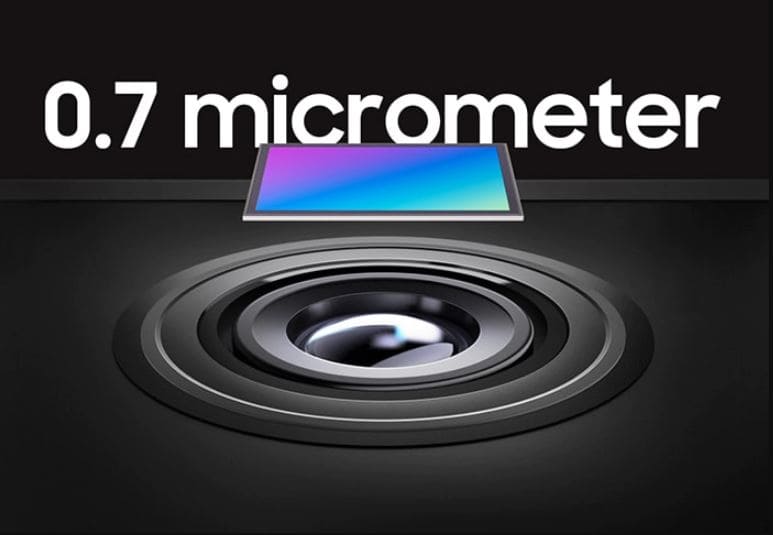Samsung announces four new ISOCELL image sensors with industry’s smallest pixel size
3 min. read
Published on
Read our disclosure page to find out how can you help MSPoweruser sustain the editorial team Read more

Samsung today announced four new Samsung ISOCELL image sensors with industry’s smallest pixel size (0.7 micrometer (?m)-pixel). With pixels at 0.7?m, these image sensors are up to 15-percent smaller than the 0.8?m sensors of the same resolution and reduces the height of the camera module by up to 10 percent. Smaller image sensor will give more flexibility to OEMs while designing the devices.
“Samsung continues to pioneer innovations, such as ISOCELL Plus and Smart-ISO, to deliver more pixels in a smaller package,” said Yongin Park, executive vice president of the sensor business at Samsung Electronics. “Last year, Samsung introduced the industry’s first 0.7?m-pixel image sensor and the first 108Mp sensors. Now we are bringing more of the advanced pixel technologies to mobile cameras in a variety of options that will enable high-resolution images and sleeker designs in a wider selection of tomorrow’s mobile devices.”
You can read about these new image sensors below.
- ISOCELL HM2 is Samsung’s third 108Mp image sensor following the HMX and HM1. The new 108Mp-sensor is around 15-percent smaller than the 0.8?m-based predecessors, and reduces the height of the camera module by 10 percent. The HM2 features Super PD, a faster and more effective phase detecting auto focus solution, and like the HM1, comes with a nine-pixel binning technology as well as 3x lossless zoom.
- ISOCELL GW3 is a 64Mp-image sensor optimized for mainstream devices. Thanks to the smaller pixel size, the GW3’s optical size is nearly identical to that of Samsung’s 0.8?m 48Mp image sensor. In addition to Tetracell and Smart-ISO technologies that help the sensor take bright images with high color fidelity, the GW3 is ideal for active lifestyles, featuring gyro-based electronic image stabilization (EIS) for sharper still photos and steadier videos. The image sensor supports video recording at up to 4K resolution at 60 frames-per-second (fps).
- ISOCELL GM5 is a versatile 48Mp-image sensor designed for use in telescoping or ultra-wide angle cameras. When used as a 5x optical telescoping sensor for folded-zoom, the GM5 takes full advantage of the compact 0.7?m pixel size that minimizes the camera bulge. For ultra-wide shots, the GM5 supports high-speed full-HD recording at 480fps. The sensor also offers a staggered-HDR feature, a faster and more power-efficient HDR technology that expedites image processing by sending a readout of long, medium, and short exposures of each row of pixels respectively to the mobile processor. As the readout is performed based on Tetracell’s 1.4?m two-by-two pixels, rather than at the individual 0.7?m-pixel level, staggered-HDR can provide brighter and clearer images with less noise.
- ISOCELL JD1 is the industry’s smallest 32Mp-image sensor at 1/3.14-inches, making it an ideal solution for smartphones with bezel-less displays that incorporate a hole-in-active-area or motorized pop-up mechanism for the front-facing camera. Even with 32-million pixels to capture a highly detailed selfie, the camera sits comfortably under the display as the height of the sensor’s camera module is comparable to those of 0.9?m 20Mp or 1.0?m 16Mp sensors. Like the GM5, the JD1 is also the one the first ISOCELL image sensors to offer staggered-HDR.
Samsung ISOCELL HM2, GW3 and JD1 are currently in mass production, and the company is sampling GM5.
Source: Samsung








User forum
0 messages